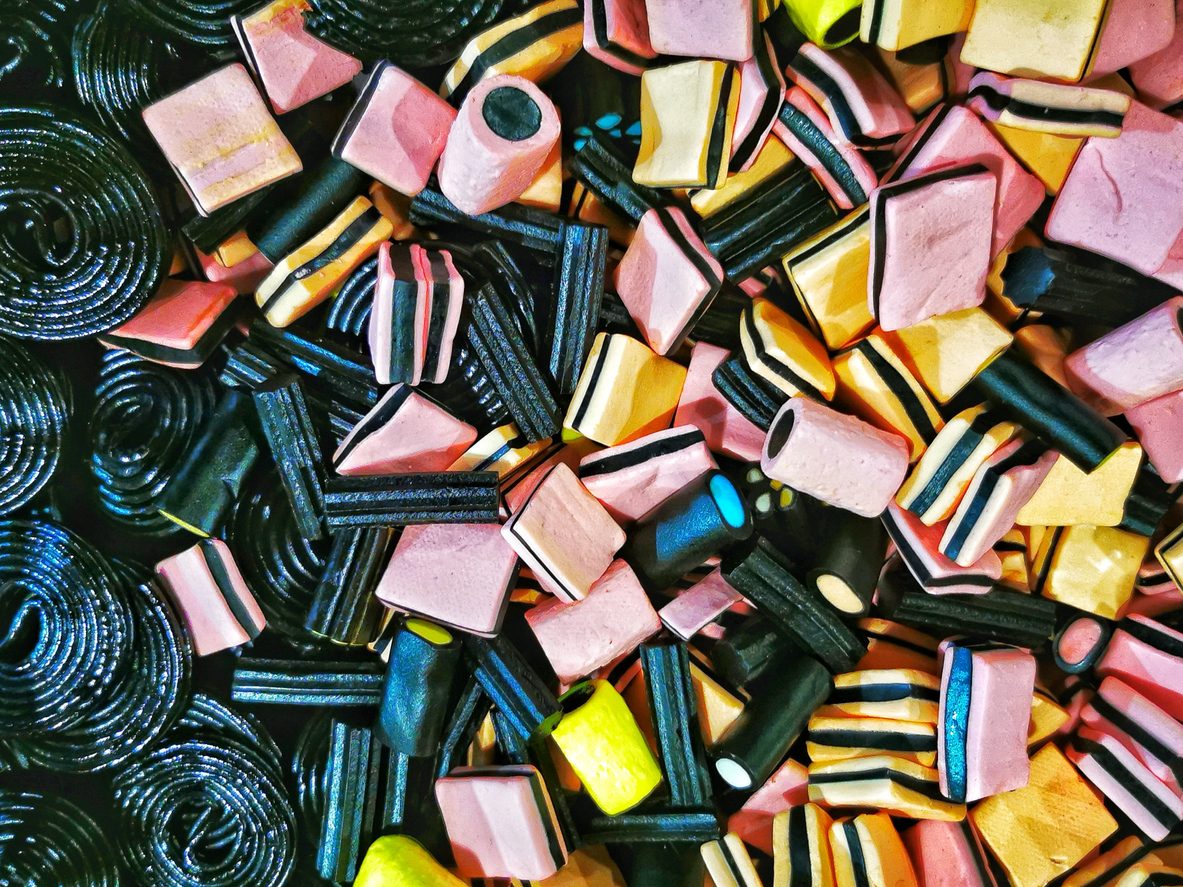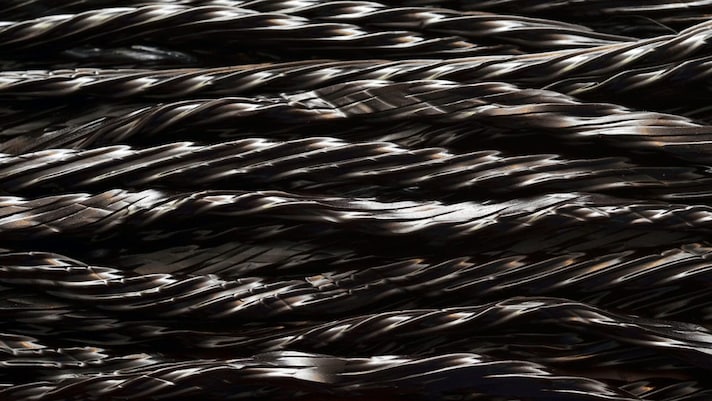;)
What differentiates red and black licorice is not just color and flavor. The root of the licorice plant is used in herbal medicine but it can also be used for flavouring foods, including some types of licorice candy.
What this means is that some types of licorice are not safe to consume in large amounts due to the possible side effects of consuming licorice root.
Below are different categories where differences have been recorded between red and black licorice.
Flavour
You can flavour Black licorice with licorice extract, anise or a combination of both. It can also contain molasses to enhance the licorice flavour. Red licorice, on the other hand, almost never contains licorice extract. It usually relies on natural or artificial flavours to give it a cherry or strawberry flavour.

Nutrition
Black and red licorice are similar when it comes to nutritional values, but the ingredients are slightly different. For example, both red and black versions of Red Vines licorice contain 140 calories, 16 grams of sugar and 1 gram of protein in a five-piece serving.
However, black Red Vines contain 60 milligrams of sodium and red Red Vines contain only 20 milligrams of sodium. Neither the red nor black licorice provides any vitamins or minerals.
However, both types of licorice are a source of empty calories and should be consumed only as an occasional treat.
Effect on Health

If a licorice candy contains licorice extract, then it also contains a compound called glycyrrhizic acid or glycyrrhizin.
Unfortunately, when consumed in large amounts, glycyrrhizin can cause side effects including muscle pain, numbness in your limbs, high blood pressure, swelling, headache or fatigue.
People with heart, kidney or liver disease, diabetes or high blood pressure are advised to not consume licorice that contains glycyrrhizin.
Note that many types of licorice made in the United States contain little or no licorice extract. Check the labels before you buy the licorice if you are worried about glycyrrhizin.
Black licorice is the most likely to contain licorice extract, but the red licorice or other types of licorice may also contain the flavouring.
;Resize,width=712;)
;Resize,width=712;)

;Resize,width=767;)
